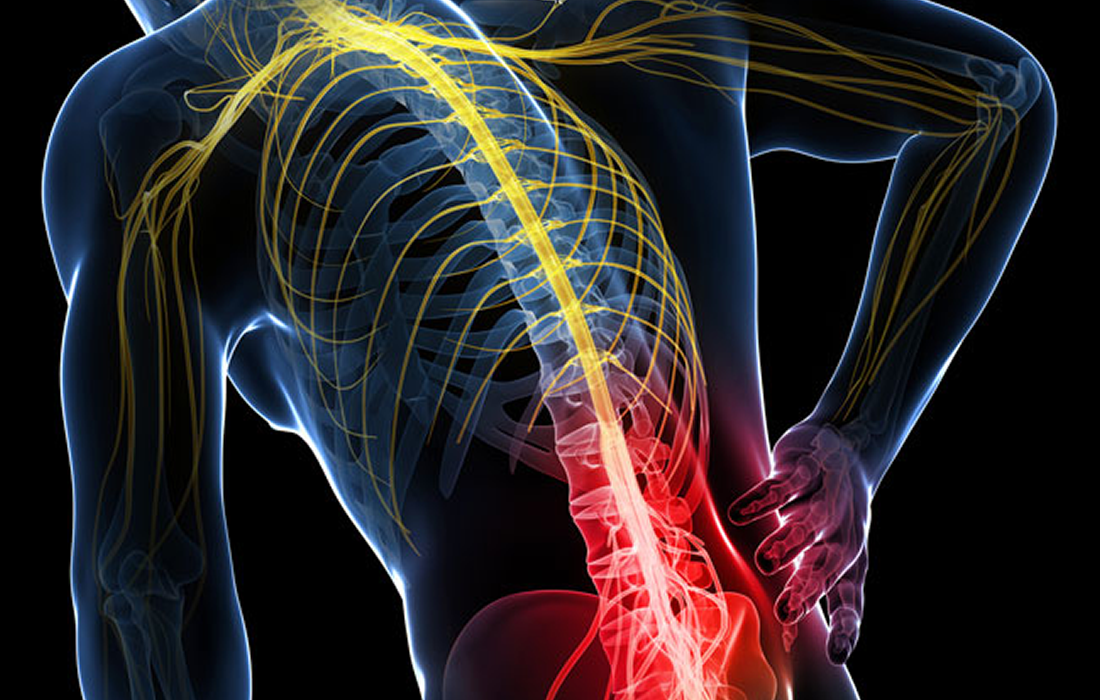Stem Cell Therapy for Specific Conditions
Do Regenerative Medicine Therapies Provide Long-Term Pain Relief in Chronic Low Back Pain?
What is Chronic Low Back Pain?
Chronic low back pain is one of the most prevalent conditions causing a patient to seek medical attention and to miss days at work.
Back pain can range in intensity from a dull, constant ache to a sudden, sharp, or shooting pain. It can begin suddenly as a result of an accident or by lifting something heavy, or it can develop over time as we age. Getting too little exercise followed by a strenuous workout also can cause back pain.
Chronic back pain is defined as pain that continues for 12 weeks or longer, even after an initial injury or underlying cause of acute low back pain has been treated. About 20%of people affected by acute low back pain develop chronic low back pain with persistent symptoms at one year.
Regenerative Medicine Treatments
Diagnostic studies have demonstrated that the most common sources of low back pain include de intervertebral discs, the zygapophysial (facet), and the sacroiliac joints. One big question for a lot of patients seeking medical attention is if regenerative medicine treatments like the use of platelet-rich plasma (PRP) and mesenchymal stem cells provide a long-term result.
There are a few systematic reviews that assess the role of regenerative medicine in treating chronic low back pain using mesenchymal stem cells and PRP. A few examples are:
- PRP Sacroiliac Joint Injections: A study performed by Singla et al in 2017 divided patients into 2 categories. Group #1 received a steroid injection (methylprednisolone) and group #2 Received PRP. A 3-month follow-up visit reported that 90% of the patients that received the PRP injection had greater than 50% pain relief, whereas satisfactory pain relief was observed only in 25% of the patients receiving steroids.
- PRP lumbar epidural and facet joint injection: A study performed by Kirchner and Anitua in 2016 reported that at the end of the study (6 months), 90.7% of the patients showed an excellent score based on the decrease in the visual analog scale (VAS) of pain.
- Stem cell therapy in disc degeneration: A study performed by Noriega et al. in 2017 reported that patients treated with mesenchymal stem cells displayed a quick and significant improvement in both lumbar pain and disability index in a 3, 6, and 12 months follow up, with a 28% improvement in all patients and 40% of patients with a perfect result.
These and other studies have demonstrated that the inflammatory changes that occur in the nucleus pulposus of the Intervertebral disc lead to a direct toxic injury to the nerve roots by chemical mediation that subsequently causes intra and extraneural inflammation.
These inflammatory processes can be regulated thanks to the anti-inflammatory properties that both mesenchymal stem cells and the factors included in the platelet-rich plasma have by promoting cell proliferation, regeneration, protein transcription, and angiogenesis.
As we can see, different studies demonstrate that regenerative therapies like the use of mesenchymal stem cells and platelet-rich plasma are effective in the treatment of low back pain.
Stem Cell Therapies at ZignaGenix
At our clinic, we offer stem cell therapies using umbilical cord-derived mesenchymal stem cells. We combine Mesenchymal stem cells with Platelet-rich Plasma (PRP) to potentialize the anti-inflammatory and regenerative capacities of the therapy. PRP contains a variety of anti-inflammatory cytokines and growth factors. The injection is performed directly on the epidural space, facet joints, or sacroiliac joints, depending on what is causing the patient low back pain.
We do a combined therapy for all of our patients, including MSCs therapy with intravenous (IV) infusion to increase the efficacy of the therapy.
Source:
Jaya Sanapati, MD, et al. Do Regenerative Medicine Therapies Provide Long-term Relief in Chronic Low Back Pain: A Systematic Review and Metaanalysis. Pain Physician Journal. 2018. 21: 515-540.
Image from:

